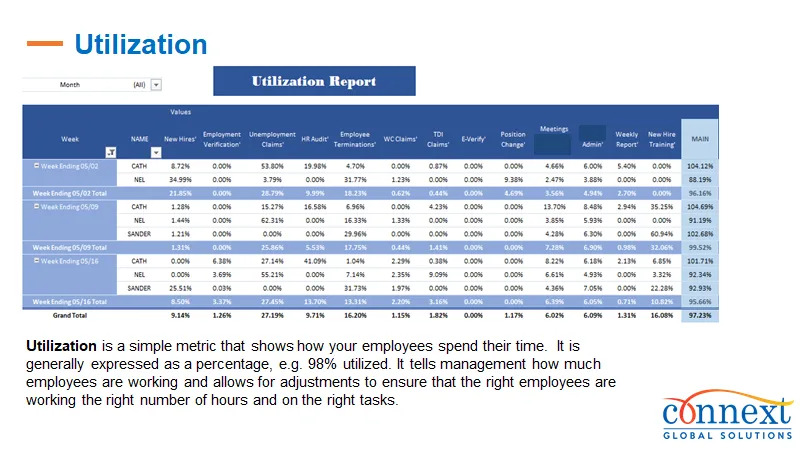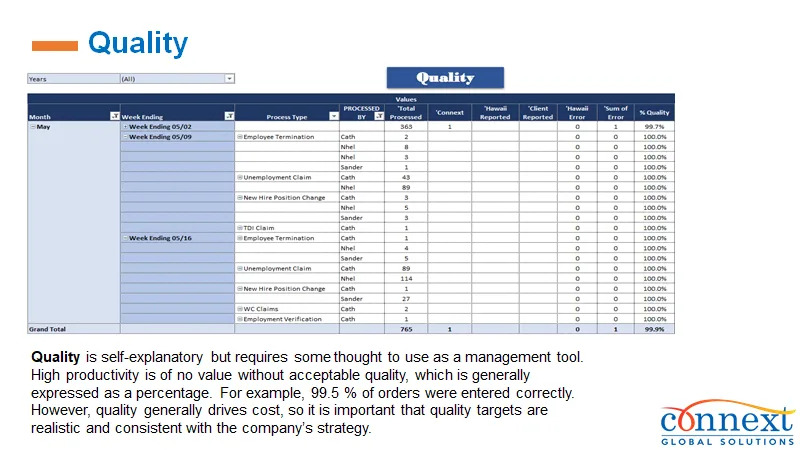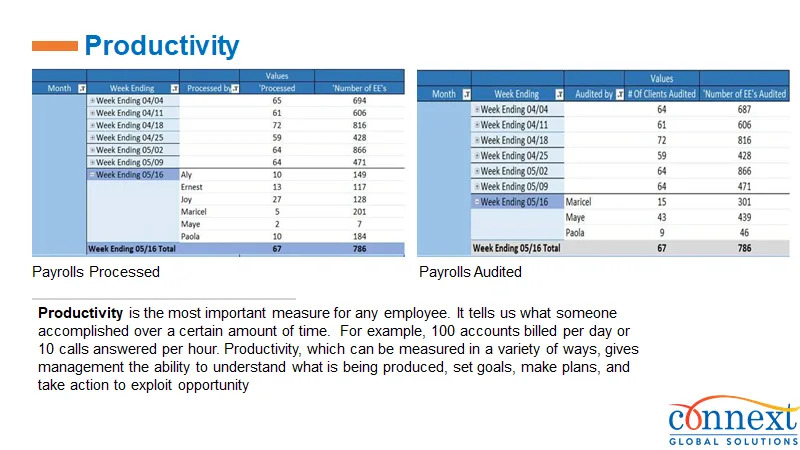Why People-First, Compliance-Driven Transitions Are the Only Future-Proof Strategy
Rebadging — transferring employees from one employer to another during a provider transition — is one of the most sensitive moments in any outsourcing relationship. It’s a technical process, yes. But more than that, it’s an ethical one.
At Connext, we believe rebadging isn’t just about preserving service continuity or legal compliance. It’s a test of leadership. A test of empathy. And increasingly, it’s a test that separates responsible organizations from opportunistic ones.

The Hidden Human Impact of Rebadging
To procurement and operations, rebadging might look like a staffing transaction. But to the employees involved, it’s personal.
- “Am I being discarded?”
- “Will my new employer care about me or just extract from me?”
- “Will my pay, benefits, or job security change?”
These are the questions that live behind the spreadsheets. And how we answer them in our process, design, our communication, and our commitments define our integrity as organizations.

The Ethical Foundations of a Better Rebadging Process
At Connext, we structure rebadging around three ethical pillars:
1. Transparency Over Silence
Too often, transitions are shrouded in secrecy until the last possible moment. This breeds fear, rumors, and attrition. Our principle: tell the truth early, tell it often, and tell it clearly.
We hold town halls, offer Q&A sessions, and provide written FAQs before any changes take effect. Employees deserve more than surprise contracts, they deserve context.
2. Consent Over Coercion
Legally, some companies treat rebadging as a “take it or leave it” moment. We reject that. We treat it as a choice. One that people make with dignity, and full understanding of what’s changing and what isn’t.
In every rebadging, we offer one-on-one sessions to explain changes in benefits, titles, career progression, and culture. We ask for questions. And we act on the answers.
3. Continuity Over Disruption
We don’t just retain the team; we retain their performance, their trust, and their sense of belonging. That means preserving tenure where possible, mapping roles one-to-one, and building a welcoming post-transfer experience.
Our “welcome interviews” aren’t just check-the-box HR calls. They’re an intentional cultural bridge, helping rebadged employees feel seen, valued, and invested in from day one.

Compliance Is Ethical, Too
There’s a parallel track to people’s care: doing things by the book. Compliance in rebadging isn’t a technicality, it’s a moral obligation.
- Aligning contracts with local labor law
- Ensuring benefits continuity and tax withholding accuracy
- Avoiding permanent establishment risk in cross-border moves
When companies skip these steps, it’s not only a legal risk, but it’s also a betrayal of trust. We believe ethics live in fine print.

Rebadging Done Right = Retention, Not Rotation
In a high-churn industry, ethics are good business.
We’ve seen it firsthand: rebadging done right doesn’t just preserve talent, it energizes teams. Done right, it sends a strong message: “We didn’t just keep you. We chose you. And we’re invested in your future.”
At Connext, we’re proud to partner with clients who share this philosophy. Because in the end, rebadging isn’t just a staffing strategy.
It’s a statement about what kind of company you are.

Related Reading:
Frequently Asked Questions About Rebadging
Rebadging is the process of transferring employees from one employer to another during a service provider transition. It occurs in outsourcing partnerships when a new vendor takes over service delivery.
Not necessarily. At Connext, we prioritize continuity. During rebadging, we explain all compensation, benefits, and title changes in one-on-one sessions so you can make an informed decision with dignity and clarity.
No. We don’t believe in forced transitions. Every rebadging includes clear documentation and private discussions, so you can consent to the move with full understanding of what’s changing and what’s not.
In most cases, we strive for one-to-one role mapping to preserve continuity. If there are changes, they’re discussed openly, early, and with consideration for your career trajectory.
We treat tenure as a sign of loyalty and trust. Where possible, we preserve it to ensure you’re recognized for your contributions.
You’ll receive:
– Written FAQs and early notice
– Live Q&A town halls
– One-on-one benefit review sessions
– “Welcome interviews” after transfer to ensure you feel seen and supported
Yes, and legality is just the beginning. We align every transition with local labor laws, ensure benefits and tax accuracy, and avoid compliance shortcuts that can put your rights at risk.
We maintain open lines of feedback through regular check-ins, HR support, and anonymous surveys. Your voice matters before, during, and after the process.









